How a Programme Started by IIM-A & IRMA Faculty Members Sends Slum Kids to Mainstream Schools
An education programme in nine cities across India is helping out-of-system children join mainstream schools. With interactive lessons and motivated teachers – this is how the students are learning every day.
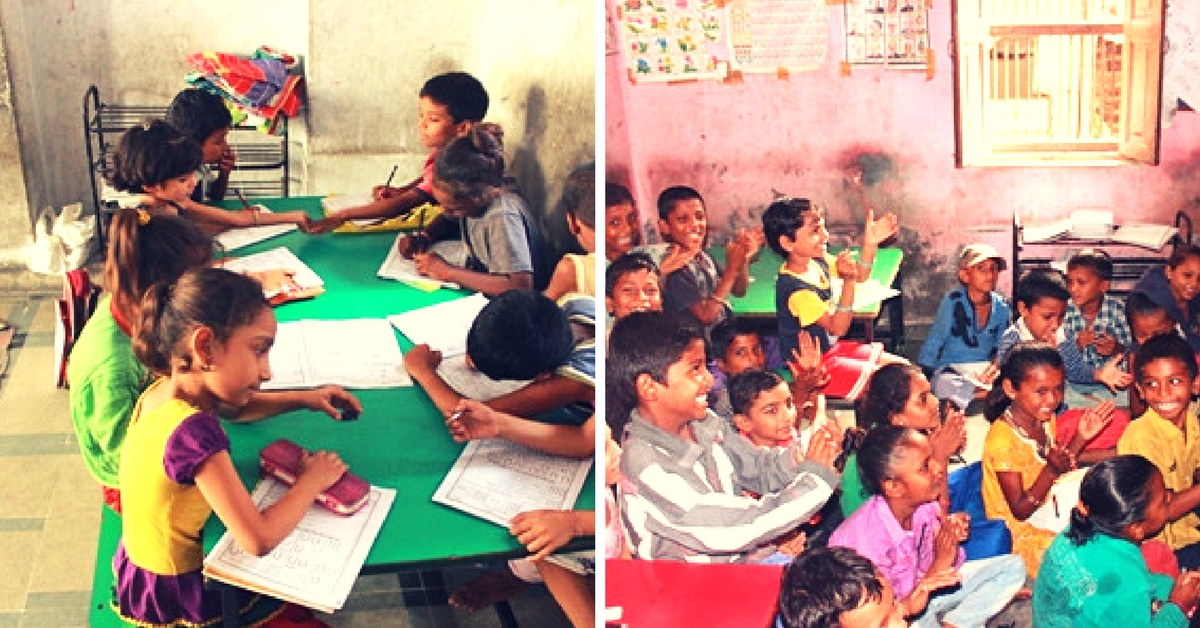
An education programme in nine cities across India is helping out-of-system children join mainstream schools. With interactive lessons and motivated teachers – this is how the students are learning every day.
Every morning, in several slums across India, school dropouts or children who have not even been to primary school, attend classes that look nothing like those taking place in regular schools.
Located very close to where they live, these classes focus on preparing students for admission into mainstream government schools. Interactive lessons, detailed assessment tests and dedicated teachers help achieve this difficult goal, with many students going on to receive the kind of education they always deserved.
All this is made possible by Gyan Shala, an educational NGO founded by a group of faculty members from IIM Ahmedabad and the Institute of Rural Management Anand (IRMA), in the year 2002.
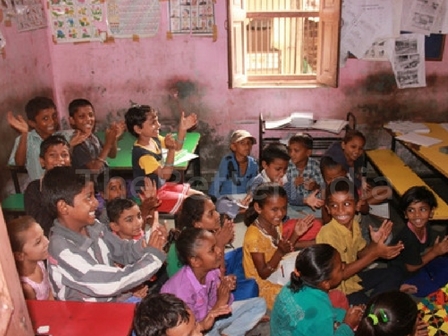
Gyan Shala conducts classes in urban slums to ensure the level of education there is at par with what is available in government and private schools. Starting with primary classes in ten slum locations in Ahmedabad, the organization has grown to nine cities across four states – including Gujarat, Uttar Pradesh, Bihar, and West Bengal. Gyan Shala teachers operate out of rented rooms in the slums so that children don’t have to travel long distances to reach school. According to Pankaj Jain, one of the founding members, not having school buildings is a good thing – the organization is not constrained by real estate prices and maintenance coming in the way of quality education.
You may also like: School in the Cloud: This Solar Powered Virtual School Is Helping Kids Learn in Sunderbans
“We wanted to evolve a system of schooling that would show a certain level of learning outcome. At the same time, we had to keep in mind the fact that the model should work on a large scale at a reasonably low cost. Almost everyone favours the traditional model of education in the country. But it lacks motivated teachers and so much more. We wish to provide kids with high-quality and affordable education,” says Pankaj.
The basic aim of the organization is to enrol out-of-system students who have dropped out or have never gone to any school. Gyan Shala works with them for about three years to make them capable of getting admission in mainstream schools.

In eight of the nine states, they work only at the foundation-level wherein students join in Class 1, study till Class 3, and then apply for admission to mainstream government schools. The focus in these three years is on building their basic language, math and science skills. In Ahmedabad, Gyan Shala has built the model till class 10 – with a middle school programme from Class 4 to 7 and a high school programme from Class 8 to 10.
According to the Ministry of Human Resource and Development, only 35% of government school teachers have teaching methodology training, while close to 0.8 million go to class without any training.
Gyan Shala emphasises recurrent teacher training and divides the work of teachers into three parts:
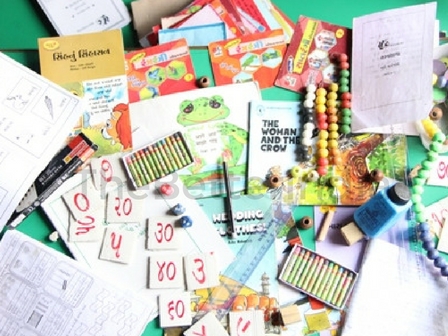
1. Daily interaction with students: The organization hires and trains formerly unemployed women for everyday teaching. These are women with strong interpersonal and communication skills. They come from the same communities as the children and have studied till Class 12. One teacher works with a group of 30 children and each child receives individual guidance and feedback. After their initial training, the teachers participate in curriculum design exercises and other teaching skills development classes. A two-week-long training course is also held every year.
You may also like: This Intervention Centre Helps Children with Hearing Impairments to Speak & Join Regular Schools
2. Curriculum design: A qualified design team of education experts creates the curriculum and provides teachers with a detailed schedule. They design the methodology that teachers should follow while teaching. The timetable for each class is set – for example, the day for a Class 3 student begins with 20 minutes of songs, stories, picture descriptions, etc. There is a language lesson for the next 30 minutes, with 15 minutes of teaching and 15 minutes of individual assignments. The teacher then repeats this 30-minute pattern for math. Then there is a group activity and the day ends with games and homework instructions. The team also designs the learning and teaching materials.
3. Supervision and support: Senior teachers support and supervise the classroom teachers and act as a link between them and the design team. These are teachers with graduate degrees and they supervise groups of seven classrooms each. They evaluate the class teachers and answer any complex questions the students may have. They also handle administrative work like paying the rent and communication with parents, etc.
Every year, Gyan Shala students go through examinations to demonstrate how much they have learned and where they stand in comparison to other students their age.
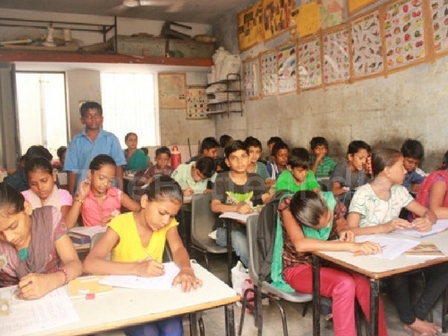
“Independent organizations test our children. We then ask them to compare their learning levels with those of other students in regular schools. Earlier, we used to compare our students only with government school children. But now we compare them with students from some of the best schools in the country,” says Pankaj. The assessment tests include the ASSET Talent Search conducted by Educational Initiatives.
Children enrolled with the Gyan Shala centres have to pay nominal fees of Rs. 50-100 for the elementary programme and Rs. 100-200 for middle school. Children who cannot afford the fees are enrolled for free.
The organization has worked with over 100,000 children to date, and has over 1,500 teachers and about 225 people in the resource, curriculum design and teacher training teams.
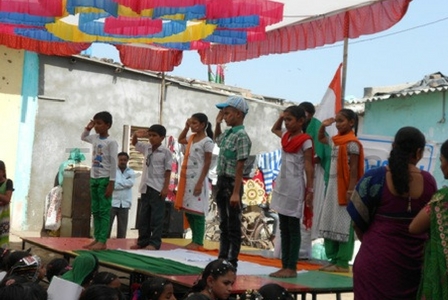
Registered as a charitable trust, Gyan Shala receives funds from partner organizations like the Michael Susan Dell Foundation (MSDF), Department for International Development (DFID), etc.
“Many of our students have gone on to join engineering colleges. Once their basics are in place, they feel motivated to continue. This further impacts the drop-out rates. Their success inspires us and helps us move forward,” concludes Pankaj.
You may also like: How Sujith Kumar and His Team Helped 300 Underprivileged Students in TN Get Free Higher Education
You can contact Pankaj by writing to him at [email protected].
Like this story? Or have something to share? Write to us: [email protected], or connect with us on Facebook and Twitter (@thebetterindia).
If you found our stories insightful, informative, or even just enjoyable, we invite you to consider making a voluntary payment to support the work we do at The Better India. Your contribution helps us continue producing quality content that educates, inspires, and drives positive change.
Choose one of the payment options below for your contribution-
By paying for the stories you value, you directly contribute to sustaining our efforts focused on making a difference in the world. Together, let’s ensure that impactful stories continue to be told and shared, enriching lives and communities alike.
Thank you for your support. Here are some frequently asked questions you might find helpful to know why you are contributing?


This story made me
-
97
-
121
-
89
-
167











